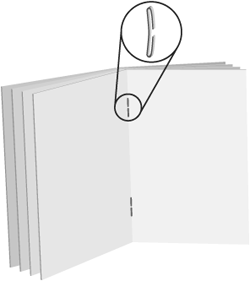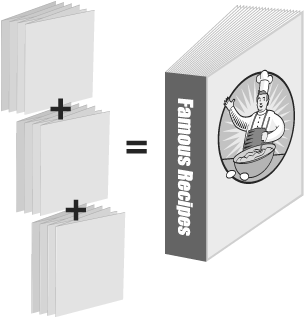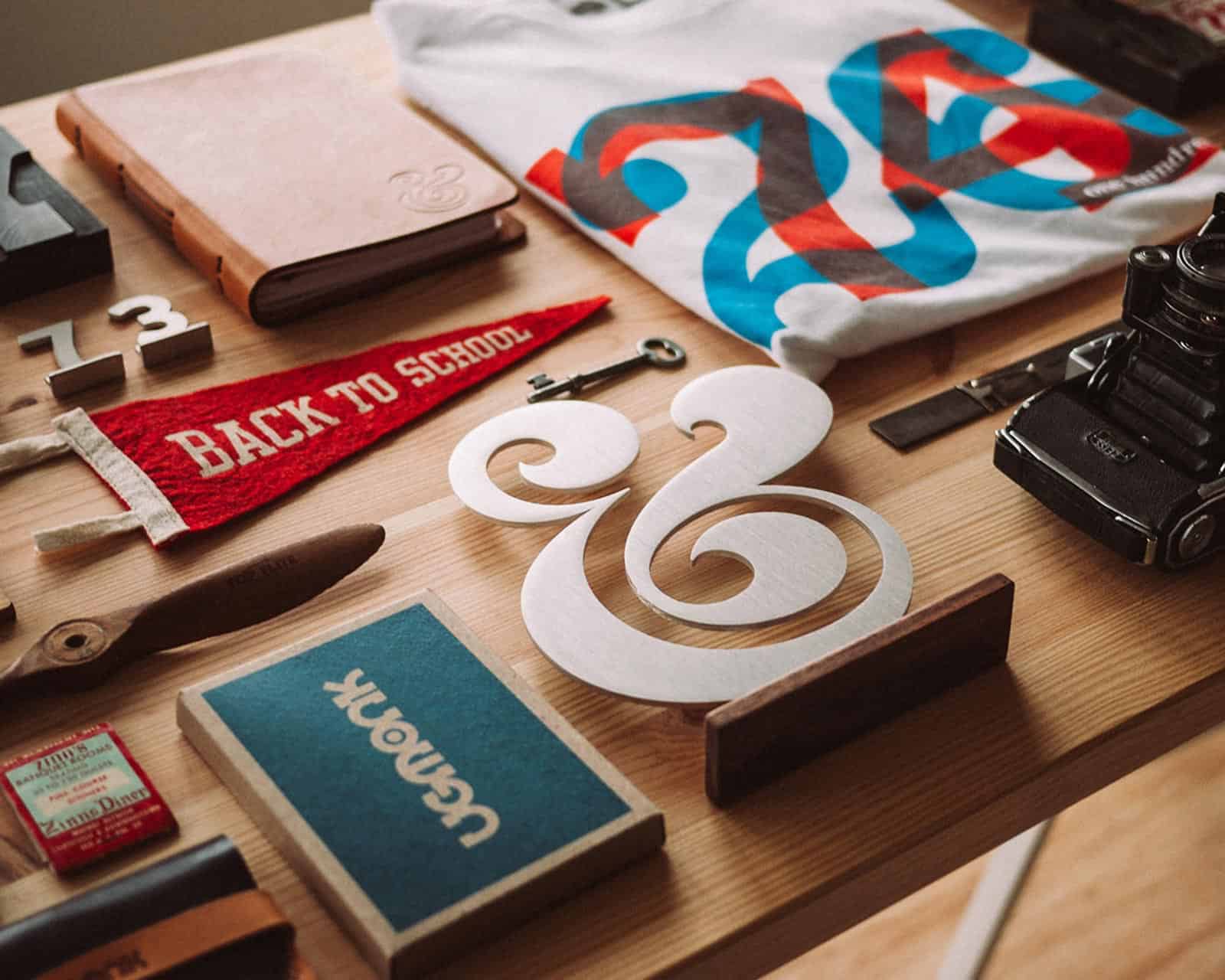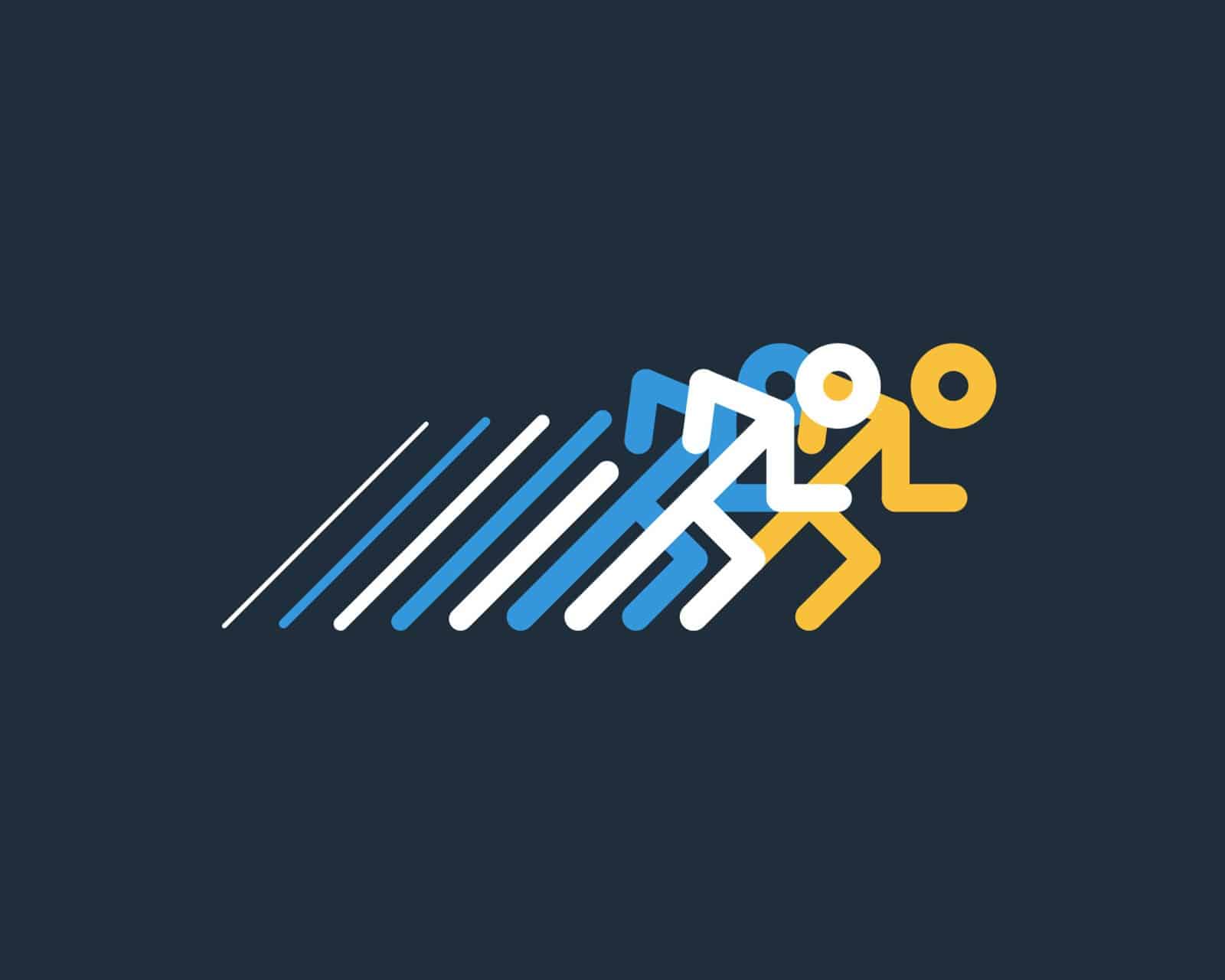Jargon can be so confusing! After working a lifetime in the printing industry the terms I take for granted can mean absolutely nothing to folks who haven’t lived in my world.
I just had a phone conversation with a prospective customer during which I tried to explain the various methods and of binding a book. It’s tough to do that over the phone. So Stephanie, this post is for you!

Saddle Stitch
This method is fast and cost effective, especially when your making more than just a few books. Saddle stitched books are printed on large sheets, then folded in half before stiching. The “stitches” are much like staples, except that they’re extruded from a long coil of wire. It’s tough to stitch through more than about 50 sheets or so, thus you are limited to a 200 page folded booklet.

Perfect Bind
This method is great for thicker books, where stapling or saddle stitching can’t get the job done. It’s elegant and professional. It can be pricey for smaller runs. Not suitable for very thin books. In this method you’re using a glue to cement the text pages into the cover. Phone books and paperback novels are bound using this method.

Coil Binding
This is great for small quantities of books, and it enables pages to lie flat when opened. Coils come in various sizes, so you can bind very thin books, up to 150-200 sheets or more. This process is time consuming and labor intensive, so it can get a bit pricey.
This is by no means an exhaustive list. Many binding methods are available to fit your specific needs. Speak with your print professional to help you sort out the choices.






